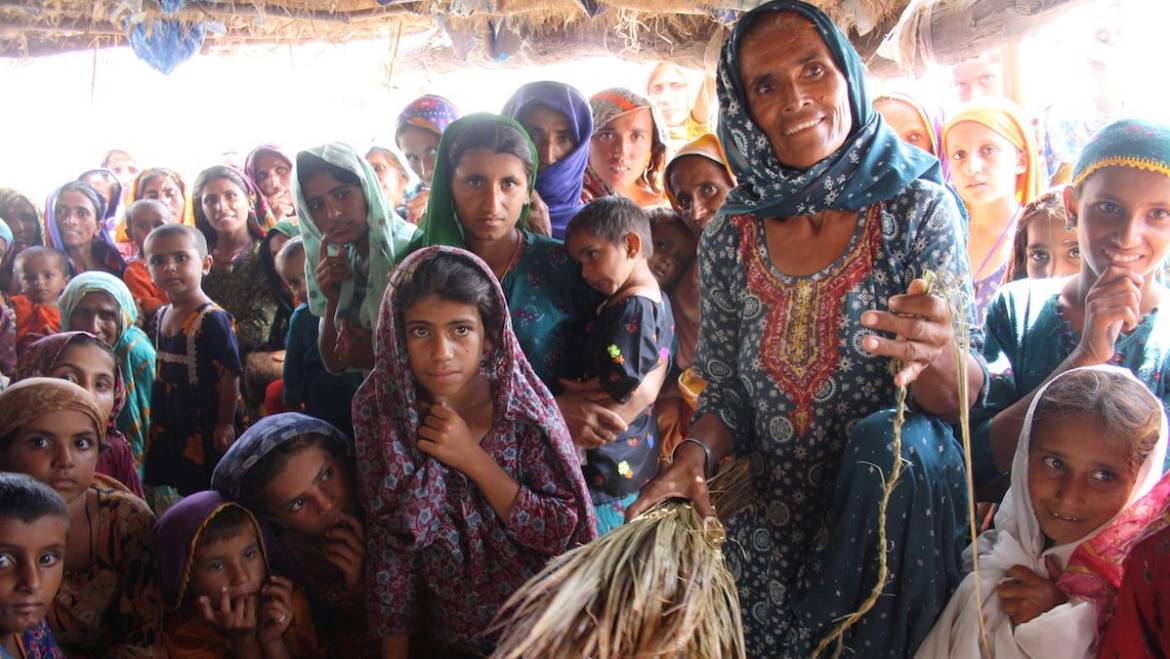Pakistan Facing Cyclical Challenge Of Overpopulation And Gender Inequality
With Pakistan’s population having already exceeded 240 million, the interplay between overpopulation and gender inequality has created a cyclical challenge for the country.
As overpopulation puts further strain on Pakistan’s limited resources, this resource scarcity is, in turn, leading to unequal access to education and healthcare for women. At the same time, this gender disparity is contributing to further population growth as limited educational and economic opportunities for women hinder their ability to make informed family planning choices.
These observations were highlighted this week by an official of the Health Ministry’s Population Programme while talking to Dawn, a Pakistani English-language newspaper.
Requesting anonymity, the Health Ministry official said that: “If we continue with lethargic attitude towards the population bulge, we may be left with no option but to suffer. There is a need to impose population emergency in the country and take steps to discourage population growth. The first step should be to de-link the disbursement of National Finance Commission (NFC) awards from the population. Currently, provinces are making efforts to increase their population to get a maximum share from the NFC.”
Pakistan’s Federal Health Minister Dr Nadeem Jan, speaking at a seminar this week, also shared similar views, saying: “We are dedicated to improving access to family planning services through the implementation of high-impact practices and achieving short-term outcomes.”
Dr Nadeem Jan also stated: “There are 25 million children out of school of which half are girls. By increasing the economic opportunities we can address the issue of out of school children. However, we have to control the population and for that a policy has to be formulated to tackle the religious circles who are against population control. Once East Pakistan (now Bangladesh) had more population compared to West Pakistan but currently Bangladesh’s population is over 160 million due to which economic situation of the country is much better than Pakistan.”
“Despite efforts, only 30pc of married women in Pakistan use contraception methods. There is a need to empower women in making informed choices,” he said.
In separate comments made this week, Dr Waqar Masood Khan, adviser to the Prime Minister on finance, emphasised that development prospects remained elusive until education, healthcare, family planning and female employment opportunities were all simultaneously addressed.
At the time of writing, the population of Pakistan sits at just over 242 million, an increase of 46 million since 2010. The fertility rate (average number of births per mother) is currently at 3.35.
Submitted by Friends of Retha






Add Comment